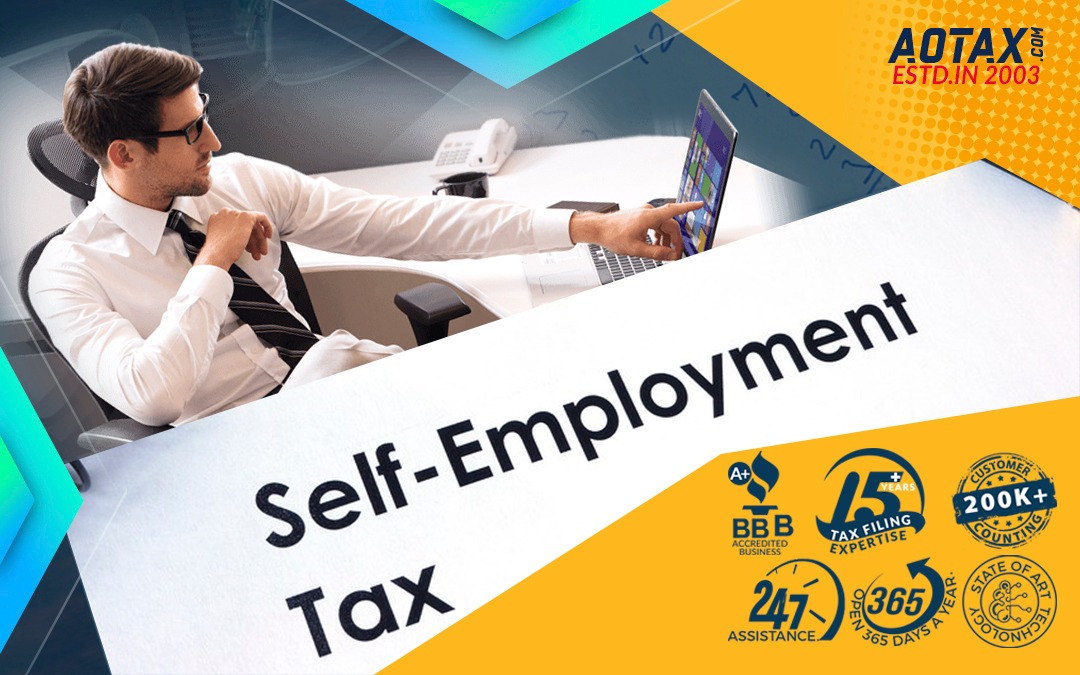
5 Tax Benefits you should avail when you are MOVING for JOB / BUSINESS Purposes
5 Tax Benefits you should avail when you are MOVING for JOB / BUSINESS Purposes?
Changing jobs is a part and parcel of life. One can either look for better job opportunities or could be unfortunately part of corporate downsizing. In either case, there could be quite a few tax implications and impacts on your Tax benefits.
Being aware of them will help you overcome such situations gracefully. Here are the top tax benefits that you should not forget while switching jobs or businesses.
Withholding Tax
A vast majority of employees have a lot of taxes deducted from their paycheck. In fact, the number stands at about 100 million people receiving a fat refund cheque. With a new job, you have the option to set it right.
- With your new employer, it is time to revisit your W4 form.
- Allowances section in the form determines the amount of taxes that you will have to pay or the amount that is withheld from your income.
Moving Expenses
Changing jobs at times might lead to a change of location as well. If you have undergone a similar experience, you can claim the amount. Here is all that you should be aware of.
- The expenses should be reasonable and associated with transportation of personal and household items to the new location.
- In the event that you are unable to move immediately, you can claim expenses related to storage unit up to 30 days.
- The claim can include your as well as other members of the family’s travel expenses.
- Should you decide to drive to the new location, you can include fuel costs, parking bills, tolls, etc.
- If the distance is far and you end up using trains or flights, you can claim them as well.
- You can claim for these expenses in your current year using IRS’s Form 3903 and attach it with your tax returns.
Expenses related to Job Hunting
The IRS always allowed for job hunting-related expenses. Here are a few facts that you should be aware of.
- But prior to 2018, the same deductible as a miscellaneous expense, provided you itemize it under Schedule A.
- The expenses had to be in excess of 2% of your adjusted gross income.
- You can now claim itemized deductions for job hunting even if the outcome was not favorable.
- It is important that the line of work remains the same while doing the job search.
- The usual expenses covered include any fees paid to employment services or agency, travel-related expenses or costs for mailing or printing out resumes.
Selling your house
There is a feeble possibility that you might plan to sell your house owing to a change in job location. In such cases, capital gains taxes will come into the picture. The following points will aid you.
- Capital gains up to $250,000 on the sale of a house or $500,000 if married filing jointly, is non-taxable, provided you have stayed in the house for at least two years.
- The gains reduce to half if you have stayed for one year only. The corrected tax-free gains would remain $125,000 for individuals and $250,000 for married filing jointly status.
Retirement Savings
Changing jobs usually means a lot of confusion and chaos related to retirement savings. Employees usually take this opportunity to withdraw their 401(k) money. You must keep in mind that withdrawing the amount before you turn 55 would result in a 10% penalty. It is recommended to transfer the amount rather than withdrawing.
The above are some tax benefits that you should not overlook while moving job or business.






Recent Comments